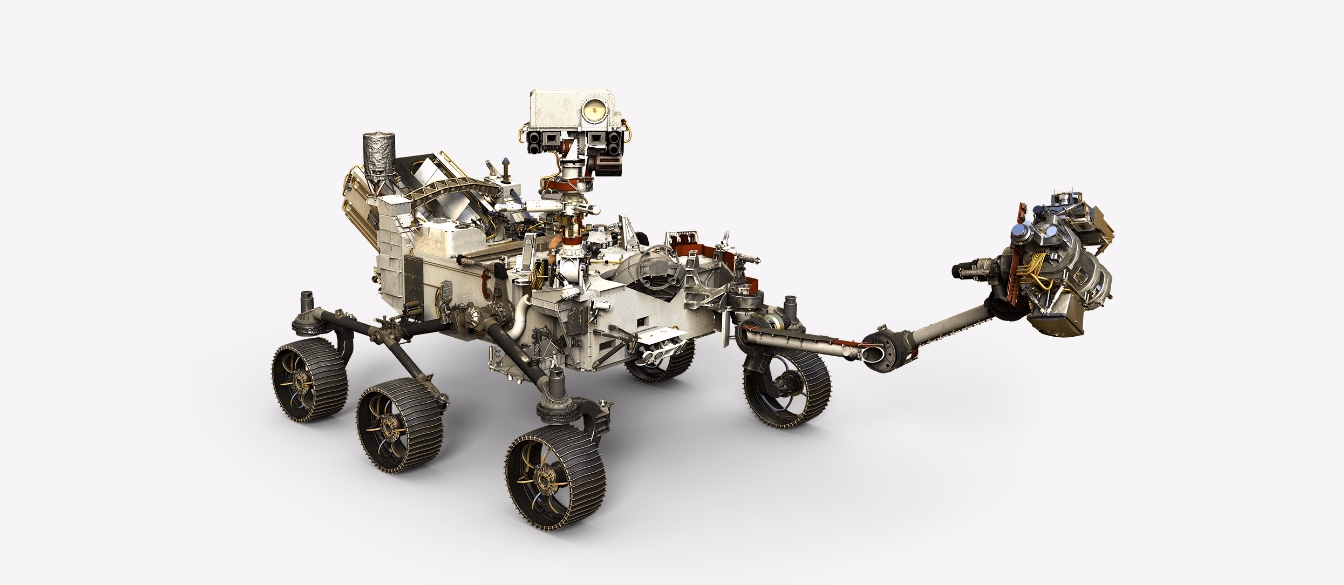NASA’s Pathfinder landed on Mars in 1997, equipped with five cameras, including three on the first rover, Sojourner. Now, the space agency’s 2020 mission will have technology that is leaps and bounds more advanced than previous ones.
The rover set to land on the Red Planet in a few years will have more “eyes” than any rover before. There are 23, meant to take panoramas, reveal obstacles, observe the atmosphere and provide information for scientific instruments, Phys.org reports. The cameras are supposed to show dramatic views as the rover descends to Mars, and will be the first to take images of a parachute landing on another planet. A camera is also mounted inside the rover, which will study samples that are stored and left on the surface for future missions.
The rover is being built at NASA’s Jet Propulsion Laboratory in Pasadena, California. Features include enhanced engineering cameras that have higher resolution and better color, the improved Mastcam-Z, the highest-resolution imager SuperCam Remote Micro-Imager (RMI), Lander Vision System Camera, CacheCam and SkyCam, among others.
Justin Maki of JPL, Mars 2020’s imaging scientist, said,
Camera technology keeps improving. Each successive mission is able to utilize these improvements, with better performance and lower cost.
Jim Bell of Arizona State University, Tempe, principal investigator for 2020’s Mastcam-Z, said that the cameras will have more 3D imaging and color, making them ideal for looking at geological features from far away. “Routinely using 3-D images at high resolution could pay off in a big way. They’re useful for both long-range and near-field science targets,” Bell said.
All this upgrading means that more data will be beamed through space, which could prove to be a challenge. “The limiting factor in most imaging systems is the telecommunications link,” Maki said. “Cameras are capable of acquiring much more data than can be sent back to Earth.”
But rover cameras have gotten smarter over time, such as in compressing data, and NASA has improved in using orbiting spacecraft to relay data back to Earth. The agency intends to use spacecraft that already orbiting Mars to help in the Mars 2020 mission.
























